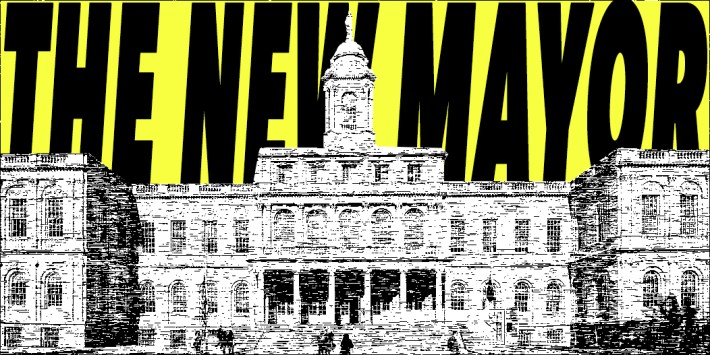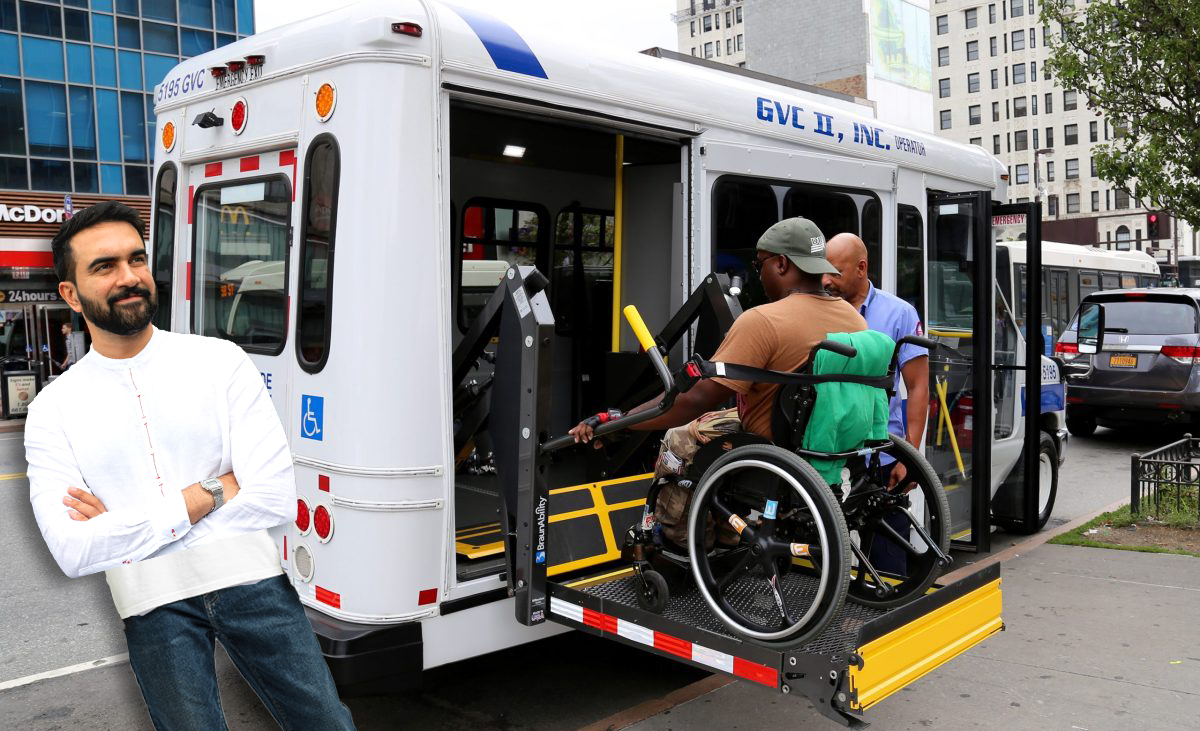
Zohran Mamdani placed New York City’s buses at the center of his mayoral campaign, promising to make them both fast and free. While the mayor-elect will have a long menu of options to speed up the notoriously slow system, his wish to eliminate bus fares will take more time and money than he likely anticipated — but for none of the reasons that critics have already identified.
With an ally in Gracie Mansion, fast buses are an achievable first-term goal. For years, elected officials have promised to build infrastructure that will raise bus speeds — dedicated busways, transit signal priority, improved bus stops, and more — only to reverse course after local pushback. The outgoing Adams administration recently expanded this pattern by folding under federal pushback: soon after the Trump administration announced its opposition to the DOT’s bus-forward redesign of Manhattan’s 34th Street, Adams indefinitely paused the project. There is a lot of room for Mamdani to give the DOT’s Better Buses plan and the legally mandated NYC Streets Plan the political wings they need to take buses from a crawl to a clip.
Critically missing from the discourse on free buses, however, are the implications a fare-free system would have for the MTA’s Access-A-Ride, the local paratransit program established by the Americans with Disabilities Act of 1990. Access-a-Ride provides more than 40,000 daily trips on weekdays to eligible riders with disabilities. Ridership has risen to 140 percent of pre-COVID levels and the MTA expects annual ridership to reach more than 9.5 million trips by 2027. The annual budget for Access-a-Ride is currently $700 million, to which the city currently contributes 80 percent and the New York City Transit Authority contributes the remainder.
All public transit agencies must provide this shared-ride, origin-to-destination service as a complement to fixed route services such as the subway and bus. This is significant to Mamdani’s plan for free buses because paratransit fares cannot exceed twice the standard fare on fixed route transit. $0 multiplied by two is still $0. If all bus rides are free, then all paratransit rides must be free as well. This alone would result in lost revenue of at least $28.5 million, based on projected 2027 ridership.
Federal law also forbids transit agencies from constraining paratransit service capacity. This means all trip requests must be scheduled and provided within established standards for pick-up and drop-off windows, overall ride times, and more. Unlike buses, any increase in ridership does not just result in more crowded vehicles; the demand-responsive nature of paratransit requires additional vehicles and operators to meet the increased demand. At an average cost of approximately $100 per trip to provide paratransit, even a modest ridership increase would carry a sticker shock.
In a recent evaluation of its Fare-Free Bus pilot program, the MTA noted that Access-a-Ride gained more riders and provided free service for pickup locations within 0.5 miles of the free bus routes. The revenue loss and increased operations cost the agency $2.8 million during the pilot — nearly one-fifth of the associated expenses. While I have not seen an official projection from the MTA on what the additional Access-a-Ride costs could be for a city-wide program, we can perform some back-of-the-envelope calculations. If we assume a 40 percent increase in paratransit ridership, which is exactly what the MTA witnessed on buses during the Fare Free pilot, you could expect an additional 3.8 million Access-a-Ride trips in 2027 with a price tag of $380 million.
This could be a very difficult pill for the MTA to swallow. The agency has made major strides in improving Access-a-Ride’s performance while controlling operating costs, and the program needs revenue to maintain service quality and grow in a sustainable way. If the city and state budget aren’t right-sized to accommodate the loss in paratransit revenue and the potential increase in operational costs, those recent improvements will quickly be canceled out. The city’s 180,000-plus eligible paratransit customers, many of whom also ride the buses and subways when those are accessible to them, need to understand the potential service impacts and have an opportunity to provide their input.
Focusing on faster buses, while taking a step back to better understand how to make them free, is not at odds with the Mamdani’s platform. His promise has taken hold with New Yorkers not because they don’t want to pay their fair share but because our methods for funding essential services are broken.
When New Yorkers are struggling to afford basic living expenses, it is thrilling that Mamdani has shifted the focus from how much individuals should pay to how much we should collectively invest to meet our city’s needs. The mobility and dignity of bus and paratransit riders are a highly worthy investment — but we still need to grapple with the financial and equitable impacts of fare-free buses for their implementation to succeed.






